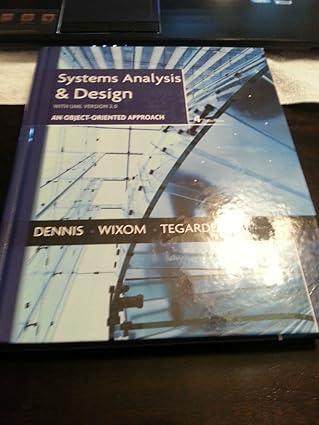Throughout the 1960s, 1970s, and 1980s, the U.S. Army automated its installations (army bases, in civilian terms).
Question:
Throughout the 1960s, 1970s, and 1980s, the U.S. Army automated its installations (army bases, in civilian terms).
Automation was usually a local effort at each of the more than 100 bases. Although some bases had developed software together (or borrowed software developed at other bases), each base often had software that performed different functions or performed the same function in different ways. In 1989, the army decided to standardize the software so that the same software would be used everywhere.
This would greatly reduce software maintenance and also reduce training when soldiers were transferred between bases.
The software took four years to develop. The system was quite complex, and the project manager was concerned that there was a high risk that not all requirements of all installations had been properly captured. Cost and time were less important because the project had already run four years and cost $100 million.
Therefore, the project manager chose a modular pilot conversion using parallel conversion. The manager selected seven installations, each representing a different type of army installation (e.g., training base, arsenal, depot)
and began the conversion. All went well, but several new features were identified that had been overlooked during the analysis, design, and construction. These were added and the pilot testing resumed. Finally, the system was installed in the rest of the army installations using a phased direct conversion of the whole system.
Questions 1. Do you think the conversion strategy was appropriate?
2. Regardless of whether you agree, what other conversion strategy could have been used?
Step by Step Answer:

Systems Analysis And Design With UML 2.0
ISBN: 9781118037423
4th Edition
Authors: Alan Dennis, Barbara Haley Wixom, David Tegarden





